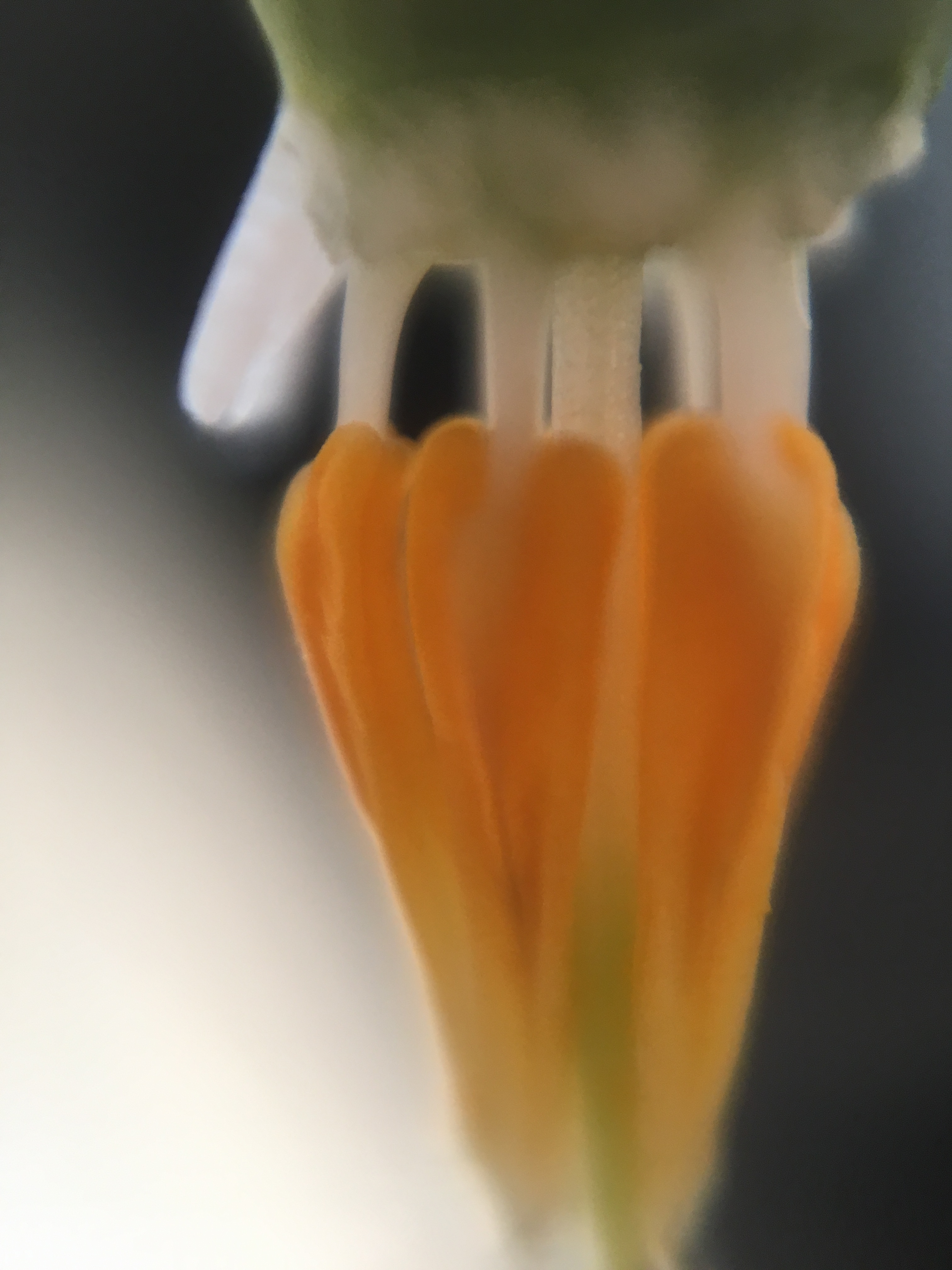As pictures say more than words; An excellent Video tutorial by Anne Wright from Dryad nursery has been placed online. (Do not remove the flower stems as is shown in the video)
Snowdrop fertilization is usually left to bees and insects. Some galanthophiles have decided to take snowdrop breeding into their own hands however.
Pollen can be taken from flowers by catching it either on kitchen foil (4x3cm) (1), on match boxes (2) or in small plastic zip lock bags (see image below). Snowdrop flowers open at 10 °C (50° F), so can be induced to open by bringing them inside or by heating the plants inside a plastic enclosure. The best way might however be to wait for a warm and sunny day (3). Gently tapping on the side of the flower or ovary allows the pollen to come out. The foil can then be folded, or the matchbox closed and stored in a box in the freezer for later use (4).
The next step is to take the pollen to the stigma of another plant. The flowers might be pried open for this purpose as soon as possible. If it is not necessary to keep the flower for enjoyment, it is wise to strip the flower of its parts. Carefully strip of the perianth segments and stamens with tweezers, pulling upwards. If it is also necessary to collect pollen from the plant, turn the flower upside down when taking of the perianths, then catch the pollen from the stamens with the flower down again.
Following this, add the pollen to the remaining stigma with a small paint brush. In case of only little pollen, use the tip of a finger to apply the pollen, this is more precise (5). Some even carefully check with a jeweller’s eyeglass if the pollen has adhered (3).
A second application of pollen in 2-3 more days is wise to ensure fertilization.
 Pollen can be caught from a flower in this position.
Pollen can be caught from a flower in this position.
Up close image of the stamens.
An example is to catch the pollen into a small zip lock bag, which allows storage in the freezer for later use.
2. Martin Baxendale. Forum post about snowdrop pollination. SRGC.net
3. Martin Baxendale. Breeding new snowdrop cultivars. Daffodils, snowdrops and tulips yearbook 2008 page 56-60.





